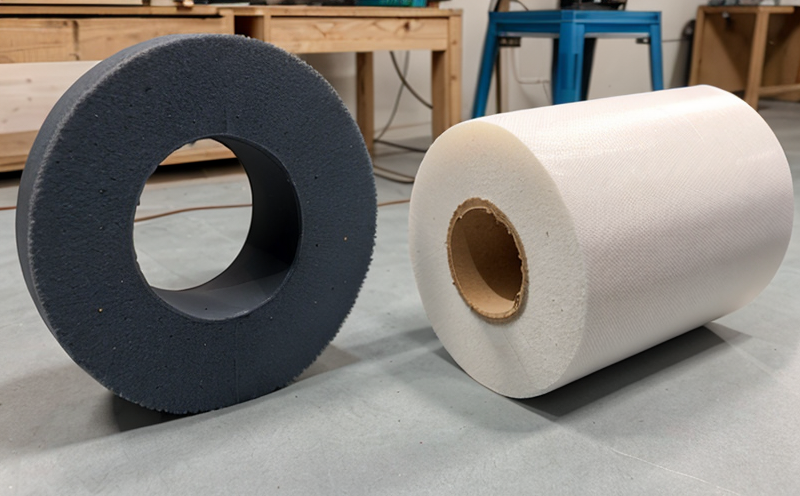BS EN 14322 Laminated Wood Based Panels for Furniture Surface Testing
The British Standard and European Norm (BS EN) 14322 provides a comprehensive framework for testing the quality of laminated wood-based panels intended for furniture surfaces. This standard ensures that materials meet stringent requirements related to stability, durability, appearance, and safety in domestic environments.
Testing under BS EN 14322 is crucial for manufacturers seeking to comply with international regulations and ensure product reliability. The standard covers multiple aspects including dimensional stability, surface quality, stain resistance, color fastness, and chemical resistance. Compliance also helps furniture makers meet customer expectations regarding aesthetics and longevity.
One of the key components of this testing is evaluating how well the laminated wood-based panels withstand environmental conditions such as humidity, temperature changes, and exposure to sunlight. These factors can significantly impact the overall performance and appearance of a finished product over time.
The process typically involves rigorous laboratory analysis using advanced equipment designed specifically for measuring various physical properties like thickness variation, flatness, density distribution, and visual inspection criteria. Additionally, accelerated aging tests simulate long-term exposure to real-world conditions in controlled environments.
For procurement teams responsible for selecting appropriate materials, understanding these standards is essential. By adhering strictly to the requirements outlined in BS EN 14322, companies can enhance their reputation as reliable suppliers while reducing risks associated with non-compliant products entering the market.
It's important to note that this standard isn't just about ensuring compliance; it plays a vital role in promoting sustainable practices within the industry by encouraging responsible sourcing and manufacturing processes. Through careful selection of raw materials and efficient production methods, manufacturers can contribute positively towards environmental conservation efforts.
Industry Applications
- Furniture manufacturers seeking to ensure high-quality surfaces on their products
- Suppliers looking to demonstrate compliance with international standards
- Designers aiming to incorporate durable yet aesthetically pleasing materials into their creations
- R&D teams exploring new ways to improve the functionality and appearance of wood-based panels used in furniture construction
Environmental and Sustainability Contributions
The application of BS EN 14322 contributes significantly to environmental sustainability by promoting responsible use of natural resources. By ensuring that only sustainably sourced wood is utilized in manufacturing processes, the standard helps reduce deforestation rates.
In addition, adhering to this standard encourages manufacturers to adopt more sustainable production practices which minimize waste generation and energy consumption throughout the supply chain. This not only benefits the environment but also enhances corporate social responsibility initiatives undertaken by many businesses today.
Use Cases and Application Examples
Manufacturers who wish to test their laminated wood-based panels according to BS EN 14322 must follow specific procedures outlined in the standard. This includes preparing specimens by cutting them into standardized sizes, applying prescribed treatments if necessary (such as staining or varnishing), and then subjecting these samples to various tests.
- Dimensional stability test: Measures changes in size due to moisture content fluctuations
- Flatness measurement: Ensures that the surface remains level after processing
- Visual inspection: Checks for defects such as knots, cracks, or discoloration





